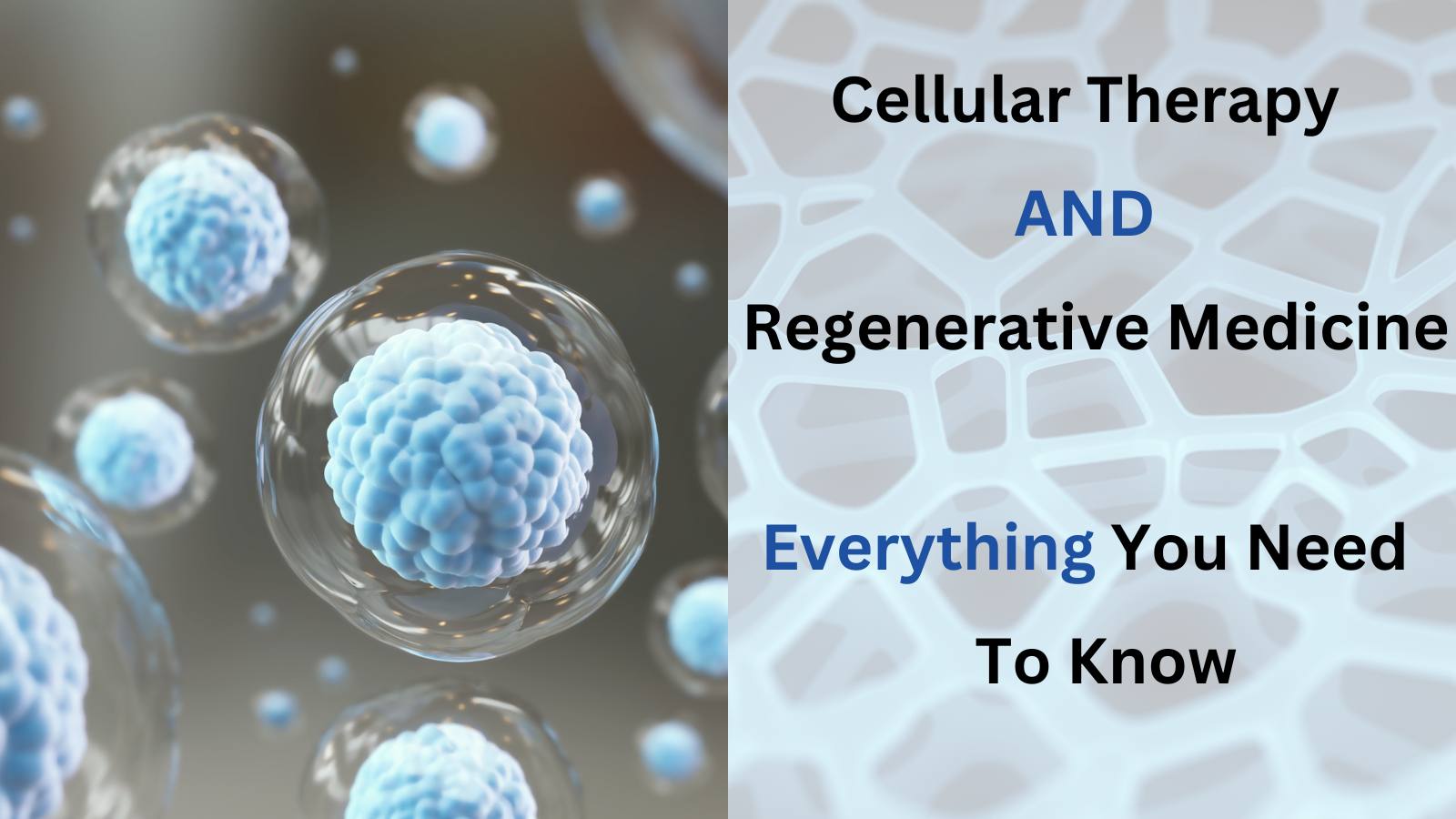
[/image][=video]
[/video]
There are numerous kinds of stem cells. As a whole, the term stem cell refers to a category of cells that generate various other cells (like skin, blood, heart, and muscular tissue cells) by replicating and differentiating in reaction to chemical signs. Totipotent stem cells appear at the earliest stage of growth and are the only stem cells which can create beginning stem cells and the placenta.
Bone marrow transplant (BMT) is an unique therapy for individuals with certain cancers or other diseases. A bone marrow transplant involves taking cells that are generally located in the bone marrow (stem cells), filtering system those cells, and providing back either to the donor (client) or to an additional person. The objective of BMT is to transfuse healthy bone marrow cells into a person after his or her very own unhealthy bone marrow has actually been treated to kill the uncommon cells.
Bone marrow is the soft, mushy cells discovered inside bones. It is where many of the body's blood cells establish and are kept. The blood cells that make other blood cells are called stem cells. The most primitive of the stem cells is called the pluripotent stem cell. This is different than other blood cells when it come to the adhering to residential properties: It has the ability to reproduce an additional cell identical to itself.
It is the stem cells that are needed in bone marrow transplant. The objective of a bone marrow transplant is to heal many diseases and sorts of cancer cells. When the dosages of radiation treatment or radiation required to treat a cancer are so high that a person's bone marrow stem cells will certainly be completely harmed or destroyed by the therapy, a bone marrow transplant might be required.
Medical Group local to Livonia
This procedure is commonly called rescue. Change bone marrow with genetically healthy and balanced working bone marrow to protect against more damage from a hereditary disease process (such as Hurler's syndrome and adrenoleukodystrophy). The dangers and benefits must be evaluated in an extensive conversation with your health care service provider and specialists in bone marrow transplants before the treatment.
There are various sorts of bone marrow transplants depending upon who the benefactor is. The various kinds of BMT consist of the following: The donor is the patient himself or herself. Stem cells are extracted from the individual either by bone marrow harvest or apheresis (a procedure of accumulating peripheral blood stem cells), icy, and then returned to the patient after intensive treatment.
The benefactor shares the very same genetic kind as the patient. Stem cells are taken either by bone marrow harvest or apheresis from a genetically matched donor, generally a sibling or sister. Various other benefactors for allogeneic bone marrow transplants might include the following: A haploid-identical suit is when the benefactor is a parent and the genetic suit goes to least half identical to the recipient.

Matching entails typing human leukocyte antigen (HLA) tissue. The antigens on the surface of these unique leukocyte establish the genetic make-up of an individual's body immune system. There go to least 100 HLA antigens; nonetheless, it is believed that there are a few major antigens that figure out whether a donor and recipient match.
Medical study is still examining the role all antigens play in the procedure of a bone marrow transplant. The more antigens that match, the better the engraftment of given away marrow. Engraftment of the stem cells occurs when the donated cells make their method to the marrow and start making new blood cells.
Hormone Therapy
All people work together to offer the finest opportunity for a successful transplant. The team is composed of the following: Healthcare service providers that specialize in oncology, hematology, immunology, and bone marrow hair transplant.
Experts that will aid you satisfy your dietary needs prior to and after the transplant. Several other team members will certainly review you before hair transplant and will offer follow-up treatment as required.

A complete medical history and physical examination are performed, consisting of several examinations to examine the patient's blood and organ features (for instance, heart, kidney, liver, and lungs). A person will certainly typically enter the transplant facility as much as 10 days prior to transplant for hydration, evaluation, positioning of the main venous line, and other preparations.
For an allogeneic transplant, an ideal (tissue typed and matched) donor has to be readily available. Volunteer marrow contributors are registered in several nationwide and worldwide computer registries.
Donor sources available consist of: self, sibling, parent or relative, nonrelated person, or umbilical cord from an associated or nonrelated individual. There are nationwide and international computer system registries for nonrelated individuals and cable blood. Some family participants may be entered due to the wish to aid. These relatives may or may not elect to have their type registered for usage with other receivers.
Stem Cell Therapy
Tests connected to his or her health and wellness, direct exposure to infections, and genetic analysis will certainly be done to determine the extent of the match. The benefactor will certainly be given guidelines on just how a bone marrow contribution will certainly be made. Once a suit for a client needing a bone marrow transplant is located, then stem cells will certainly be accumulated either by a bone marrow harvest.
Or by an outer blood stem cell collection. This is where stem cells are gathered from the circulating cells in the blood. Of both, peripheral blood stem cell contributions are now more typical. Cord blood has actually already been gathered at the time of a birth and kept for later usage.
Navigation
Latest Posts
Perimenopause Treatment
Regenerative Therapy local to Livonia
Hormone Therapy local to Livonia, Michigan